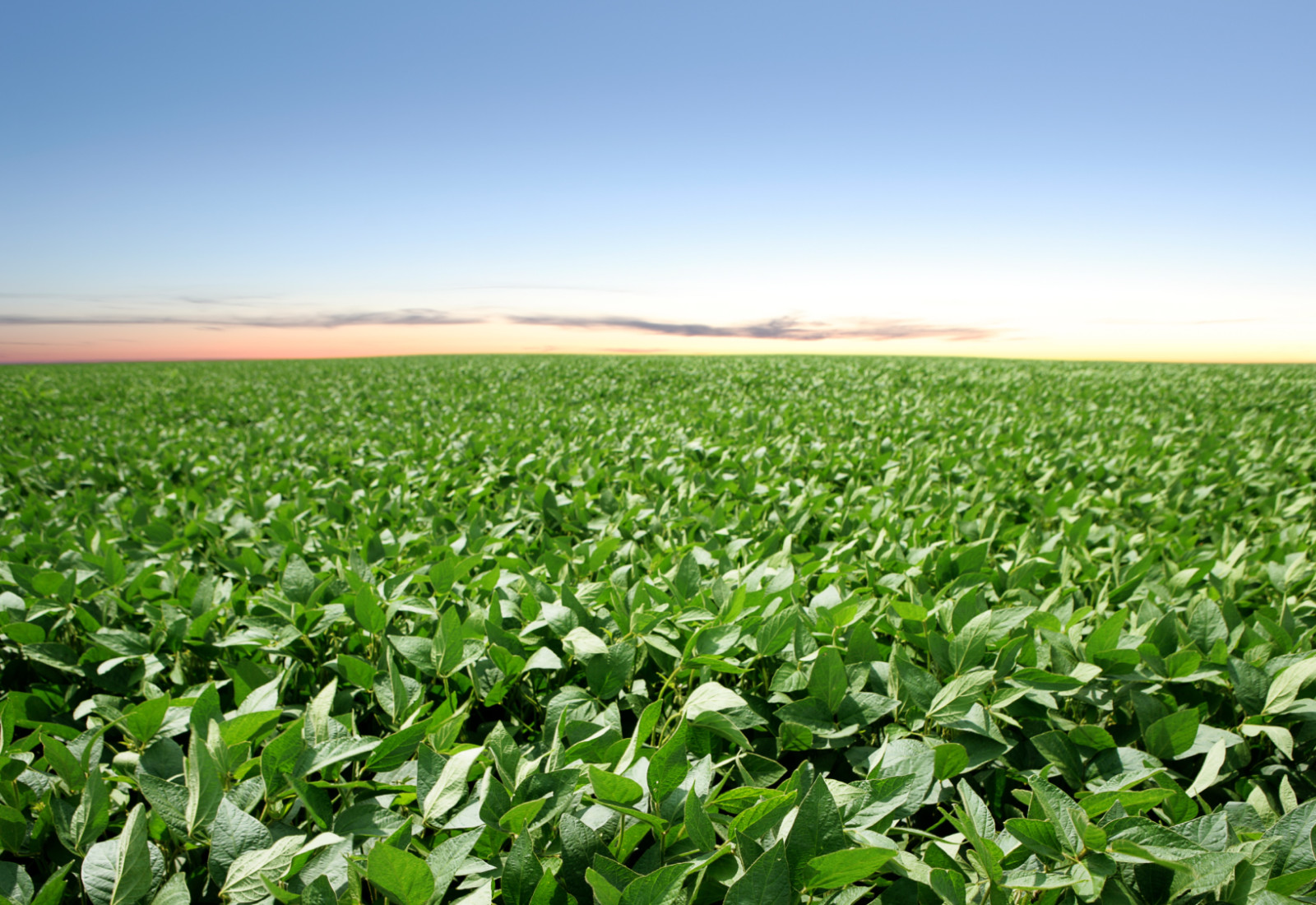Soybean Success

Soybeans are gaining interest across Western Canada, and there are many reasons for it. Varieties that work in shorter seasons, varieties that can withstand a multitude of growing conditions and provide healthy rotations, high yields, and spread out workload are just a few of the reasons that came up recently in discussions with farmers across the Prairies. Now that harvest has ended, NorthStar Genetics talked with their customers about the 2018 growing season. There were a lot of success stories this year, despite the variance in growing conditions across Western Canada.
Saskatchewan, in particular, had a lot of success in 2018. District Sales Manager Ron Lukash points to NorthStar Genetics’ early maturing varieties being the main differentiator in farmers having success. Varieties such as NSC Leroy RR2Y and NSC Watson RR2Y are capable of being ready to harvest in a few short months. In northeast Saskatchewan, Lukash shares that both NSC Leroy RR2Y and NSC Watson RR2Y were able to beat the September 5th major frost.
“For example, a Star City area grower seeded a field of Watson on May 15th,” Lukash explains. “There was a heavy frost on September 5th. The field was ready for harvest on September 15th and the Watsons beat the frost. The production made a No. 2 grade, which is the standard for soybeans, so it made the grade. Not only did the Watsons make grade, the grower got just over 40-bushel average. Our customer was happy with the maturity and yield performance. A big success for soybeans on his farm.”
NorthStar Genetics’ Western Canadian Manager, Tyler Russell, also saw harvest successes in Saskatchewan with NorthStar Genetics’ earlier varieties as they created peace of mind and flexibility for soybean growers.
“Soybeans are often labelled as the crop that will be the last to be combined,” says Russell. He goes on to say “With Watson and Leroy that isn’t always the case. In most areas, Watsons and Leroys were ready to be combined in the middle of September, thus growers had different options for harvesting their beans. Earlier or later, was the farmer’s choice. Some growers chose to leave their Watsons and Leroys in the field while they focused on other crops that could be downgraded by unfavourable harvest conditions. Farmers would make the comment, ‘it’s not like the wet conditions are going to damage my soybeans, so I can let them sit while I focus on other crops.’ Other growers found that their beans were the first crop to get dry after a period of wet weather, so at least they could be combining beans while the other crops were too tough to combine. The flexibility that Watsons and Leroys give to a grower in harvest management is a distinct advantage,” Russell says.
District Sales Manager, Brian Elliot, points to evidence of soybeans contributing to yield bumps in other crops. He tells a story about a farmer adding soybeans to a canola wheat rotation and seeing yield increases after soybeans. “The Manitoba grower had a wheat, canola, wheat, canola rotation. A couple of years ago, the grower grew 80 acres of soybeans and 80 acres of canola on a quarter section. Last year, he grew wheat on the entire quarter section. This year he grew canola on the 160 acres. The canola saw an eight bushel/acre yield advantage on the 80 acres where the soybeans were grown two years prior! Everything on that farm that comes after soybeans we’re seeing some yield boost,” Elliot says. He went on to discuss rotation further, and the difference soybeans can make in several areas of a farm. “It’s about spreading disease cycle, it’s about spreading market risk – It gives you another cropping option to market. We need to get a sustainable rotation because these canola-wheat rotations are not good. It’s not about replacing canola and it’s not about replacing wheat, it’s about widening your rotation so we have things that can break the disease cycle and things that can handle different weather and environment risk and other marketing options,” Elliot says.
District Sales Manager, Harry Davies, is located in Eastern Manitoba. He shares a story of a grower in his territory that had noticed an increased amount of kochia on certain fields of his farm and was quite concerned. Davies comments, “We spoke about a year ago at this time about the benefits of using the Roundup Ready 2 Xtend® Soybean Crop System. We recommended growing NSC Starbuck RR2X, a mid-maturing Roundup Ready 2 Xtend® variety and utilizing the technology it offers. The grower planted half of his soybean acres into Starbuck and used the Roundup Ready 2 Xtend® technology where he thought he might have a problem. He was extremely happy with his kochia control and added it was excellent on wild buckwheat as well. It definitely identified his need for enhanced weed control.” Davies adds further, “We did get some timely rains, so he got yields in the 40-bushel range, which, depending on where you are, was an exceptional yield for this year. He’s now at the point where he will look to NorthStar Genetics to provide Round Up Ready 2 Xtend® soybean varieties for every acre on his farm because he believes in the technology and likes the added weed control it provides on tough to control broadleaf weeds.”
2018 proved that even with diverse growing seasons across different regions, soybeans are up to the challenge. It is also worth noting that not all success stories are solely yield related. Spreading out workload and risk, healthy rotations, and effective weed control all illustrate that soybeans have a place on farms across Western Canada. Even though we are seeing more and more positivity around existing varieties, NorthStar Genetics will continue to develop soybean technology, so the success stories can continue for Western Canadian growers.



